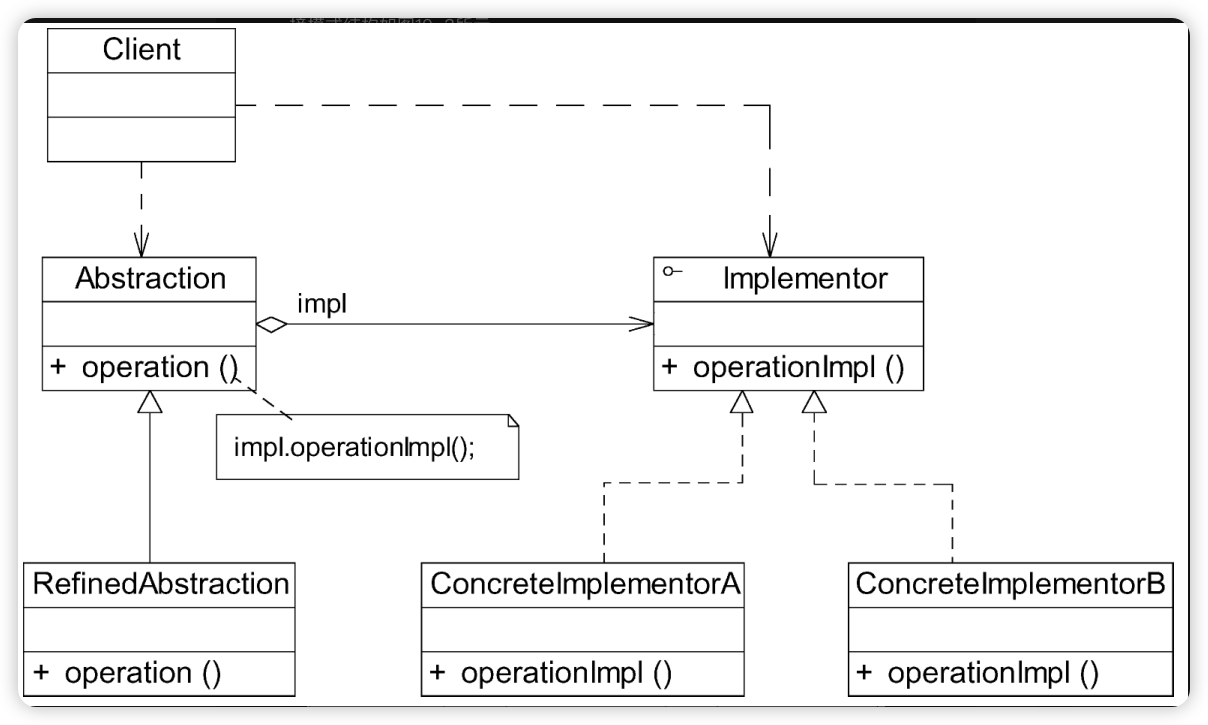OpenCV下的无标定校正(stereoRectifyUncalibrated)
文章目录
- 1. 杂话
- 2. 无标定校正
- 2.1 先看代码
- 2.2 一点解释
- 2.3 findFundamentalMat参数
- 2.4 stereoRectifyUncalibrated参数
- 3. 矫正结果
1. 杂话
咱们在之前的帖子里面讲了一些比较常规的标定和校正OpenCV下的单目标定,双目标定与立体校正(calibrateCamera, stereoCalibrate and stereoRectify),但是,如果说两个相机之间的转角比较大,那么可能并不适合用双目标定+立体校正的步骤来做,参考这个贴子立体校正失效的情况,所以为了解决这个问题,今天咱们就来说说如何使用非标定的校正函数:
对了,我使用的数据和完整的代码在这里:Repo : Calibrate-and-Rectify
2. 无标定校正
2.1 先看代码
import cv2
import numpy as np
import glob
import matplotlib.pyplot as plt
from PIL import Image
c1_images_names = sorted(glob.glob('demo/left*.jpg'))
c2_images_names = sorted(glob.glob('demo/right*.jpg'))
c1_images = []
c2_images = []
for im1, im2 in zip(c1_images_names, c2_images_names):
_im = cv2.imread(im1, 1)
c1_images.append(_im)
_im = cv2.imread(im2, 1)
c2_images.append(_im)
def find_corners(image_names):
images = []
for imname in image_names:
im = cv2.imread(imname, 1)
images.append(im)
criteria = (cv2.TERM_CRITERIA_EPS + cv2.TERM_CRITERIA_MAX_ITER, 30, 0.001)
rows = 6 #number of checkerboard rows.
columns = 9 #number of checkerboard columns.
#coordinates of squares in the checkerboard world space
objp = np.zeros((rows*columns,3), np.float32)
objp[:,:2] = np.mgrid[0:rows,0:columns].T.reshape(-1,2)
#frame dimensions. Frames should be the same size.
width = images[0].shape[1]
height = images[0].shape[0]
#Pixel coordinates of checkerboards
imgpoints = [] # 2d points in image plane.
for frame in images:
gray = cv2.cvtColor(frame, cv2.COLOR_BGR2GRAY)
gray = cv2.rotate(gray, cv2.ROTATE_90_CLOCKWISE)
#find the checkerboard
ret, corners = cv2.findChessboardCorners(gray, (rows, columns), None)
if ret == True:
#Convolution size used to improve corner detection. Don't make this too large.
conv_size = (11, 11)
#opencv can attempt to improve the checkerboard coordinates
corners = cv2.cornerSubPix(gray, corners, conv_size, (-1, -1), criteria)
imgpoints.append(corners)
return imgpoints
imgpoints1 = find_corners(c1_images_names)
imgpoints2 = find_corners(c2_images_names)
# 将角点坐标转换为float32格式
points1all = np.array([pt.ravel() for pts in imgpoints1 for pt in pts], dtype=np.float32)
points2all = np.array([pt.ravel() for pts in imgpoints2 for pt in pts], dtype=np.float32)
# 计算基础矩阵
F, mask = cv2.findFundamentalMat(points1all, points2all, cv2.FM_RANSAC)
# 图像大小
img_size = (640, 480)
img1 = cv2.imread('demo/left03.jpg', 1)
img2 = cv2.imread('demo/right03.jpg', 1)
img1 = cv2.rotate(img1, cv2.ROTATE_90_CLOCKWISE)
img2 = cv2.rotate(img2, cv2.ROTATE_90_CLOCKWISE)
gray_left = cv2.cvtColor(img1, cv2.COLOR_BGR2GRAY)
gray_right = cv2.cvtColor(img2, cv2.COLOR_BGR2GRAY)
# 找到棋盘格角点
ret_left, corners_left = cv2.findChessboardCorners(gray_left, (6, 9), None)
ret_right, corners_right = cv2.findChessboardCorners(gray_right, (6, 9), None)
criteria = (cv2.TERM_CRITERIA_EPS + cv2.TERM_CRITERIA_MAX_ITER, 30, 0.001)
print(ret_left, ret_right)
if ret_left and ret_right:
# 提高角点的精度
corners_left = cv2.cornerSubPix(gray_left, corners_left, (11, 11), (-1, -1), criteria)
corners_right = cv2.cornerSubPix(gray_right, corners_right, (11, 11), (-1, -1), criteria)
# 将角点坐标转换为float32格式
points1 = np.array([pt[0] for pt in corners_left], dtype=np.float32).reshape(-1, 2)
points2 = np.array([pt[0] for pt in corners_right], dtype=np.float32).reshape(-1, 2)
# 进行立体校正
retval, H1, H2 = cv2.stereoRectifyUncalibrated(points1, points2, F, img_size)
# 裁剪图像去除黑边
def crop_image(image):
gray = cv2.cvtColor(image, cv2.COLOR_BGR2GRAY)
_, thresh = cv2.threshold(gray, 1, 255, cv2.THRESH_BINARY)
contours, _ = cv2.findContours(thresh, cv2.RETR_EXTERNAL, cv2.CHAIN_APPROX_SIMPLE)
x, y, w, h = cv2.boundingRect(contours[0])
cropped_image = image[y:y+h, x:x+w]
return cropped_image
if retval:
# 计算校正映射
img1_rectified = cv2.warpPerspective(img1, H1, img_size)
img2_rectified = cv2.warpPerspective(img2, H2, img_size)
# 显示校正后的图像
cv2.imwrite('Rectified Image 1.png', img1_rectified)
cv2.imwrite('Rectified Image 2.png', img2_rectified)
else:
print("立体校正失败")
plt.figure(figsize=(20, 20))
for i in range(0,1): # 以第一对图片为例
im_L=Image.fromarray(img1_rectified) # numpy 转 image类
im_R=Image.fromarray(img2_rectified) # numpy 转 image 类
width = im_L.size[0]*2
height = im_L.size[1]
img_compare = Image.new('RGBA',(width, height))
img_compare.paste(im_L,box=(0,0))
img_compare.paste(im_R,box=(640,0))
#在已经极线对齐的图片上均匀画线
for i in range(1,20):
len=480/20
plt.axhline(y=i*len, color='r', linestyle='-')
plt.imshow(img_compare)
plt.savefig('epipolar_lines_ro.png', bbox_inches='tight', pad_inches=0)
plt.show()
2.2 一点解释
其实也没啥好解释的吧,一些基础的参数都在上面说的另外一篇帖子里面写好了。主要就是说一下思路,因为是标定图片,所以还是用角点做关键点,之后通过匹配的关键点和findFundamentalMat去计算基础矩阵,描述两个图片的映射关系。然后针对示例图片,应用这个映射,也就是stereoRectifyUncalibrated函数。
2.3 findFundamentalMat参数
findFundamentalMat 是 OpenCV 中用于计算基础矩阵的函数。基础矩阵描述了两个图像之间的点对应关系,是立体视觉计算中的一个重要概念。以下是该函数的详细解释:
cv2.findFundamentalMat(points1, points2[, method[, ransacReprojThreshold[, confidence[, maxIters]]]]) -> fundamentalMatrix, mask
输入参数
points1:
描述:在第一幅图像中检测到的特征点列表或数组。应该是 Nx2 的二维点坐标列表,其中 N 是特征点的数量。
points2:
描述:在第二幅图像中检测到的特征点列表或数组。应该与 points1 中的点一一对应,且格式相同。
method (可选):
描述:用于估算基础矩阵的方法。可以是以下之一:
cv2.FM_7POINT: 七点算法。要求点数量为 7。
cv2.FM_8POINT: 八点算法。要求点数量大于或等于 8。
cv2.FM_RANSAC: 使用 RANSAC 方法。推荐用于处理带有噪声的点。
cv2.FM_LMEDS: 使用最小中值平方算法。也用于处理带有噪声的点。
ransacReprojThreshold (可选):
描述:RANSAC 算法中的最大重投影误差阈值,仅在使用 RANSAC 方法时有效。默认值为 3。
confidence (可选):
描述:RANSAC 算法中的置信度,仅在使用 RANSAC 方法时有效。默认值为 0.99。
maxIters (可选):
描述:RANSAC 算法的最大迭代次数,仅在使用 RANSAC 方法时有效。默认值为 1000。
输出参数
fundamentalMatrix:
描述:计算得到的基础矩阵,大小为 3x3。
mask:
描述:输出参数,用于标识内点(inliers)。大小为 Nx1 的二值数组,其中 N 是输入特征点的数量。值为 1 的元素表示对应的特征点是内点,值为 0 的元素表示对应的特征点是外点(outliers)。
2.4 stereoRectifyUncalibrated参数
cv2.stereoRectifyUncalibrated(points1, points2, F, imgSize[, H1[, H2[, threshold]]]) -> retval, H1, H2
输入参数
points1:
描述:在左图中检测到的特征点列表或数组。应该是 Nx2 的二维点坐标列表,其中 N 是特征点的数量。
points2:
描述:在右图中检测到的特征点列表或数组。应该与 points1 中的点一一对应,且格式相同。
F:
描述:基础矩阵(3x3),它是在立体图像对之间通过特征点匹配估算得到的。
imgSize:
描述:图像的尺寸,格式为 (width, height),即图像的宽度和高度。
H1 (可选):
描述:输出参数,用于存储左图的 3x3 变换矩阵。如果提供了此参数,函数会将结果写入其中。
H2 (可选):
描述:输出参数,用于存储右图的 3x3 变换矩阵。如果提供了此参数,函数会将结果写入其中。
threshold (可选):
描述:用于 RANSAC 算法的阈值。RANSAC 算法用于估算变换矩阵时的容错范围。如果不提供,则使用默认值。
输出参数
retval:
描述:函数执行成功与否的标志。返回 True 表示成功,返回 False 表示失败。
H1:
描述:左图的 3x3 变换矩阵。只有在调用时提供了相应的参数,且函数执行成功时才会返回。
H2:
描述:右图的 3x3 变换矩阵。只有在调用时提供了相应的参数,且函数执行成功时才会返回。
3. 矫正结果

OK,基本符合预期哦~

















![cuda编程[1]:一二三维网格和块的核函数](https://i-blog.csdnimg.cn/direct/ad665dccae2e44508ca5d23ee7b6b9e4.png)

